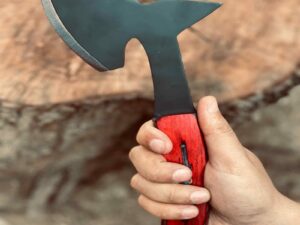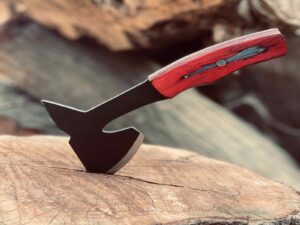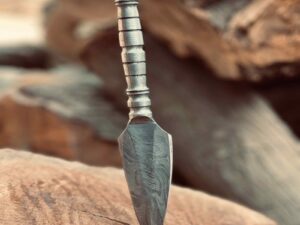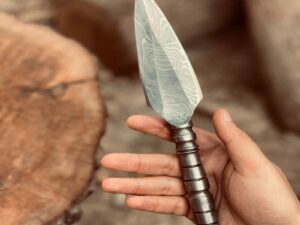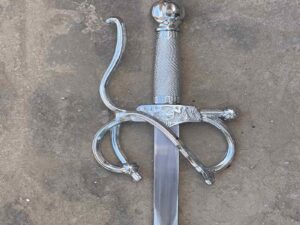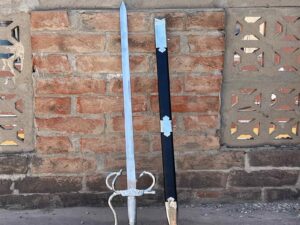The Vikings were a group of people from Scandinavia, modern-day Norway, Sweden, and Denmark. who lived from around the late 8th century to the early 11th century. They are famous for their long-ships, exploration, and raids, but there’s much more to their story.
Origins and Early History
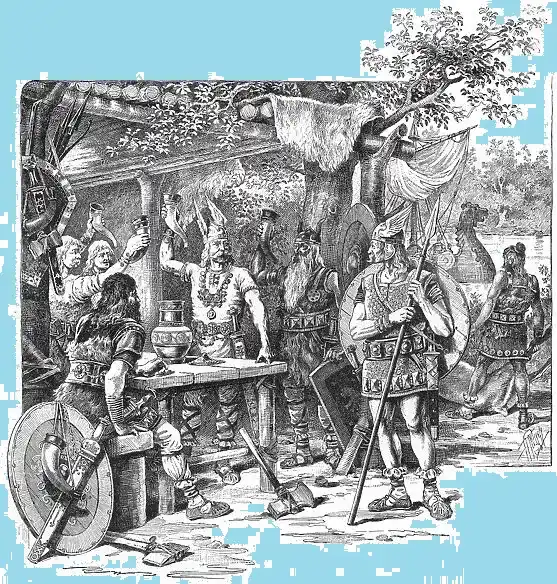
The word “Viking” itself is derived from the Old Norse word “víkingr,” which means “raider” or “pirate.” So the term “Vikings” refers to Norsemen or people from the northern regions of Europe. Their origins can be traced back to the Iron Age when Germanic tribes inhabited these lands. They were skilled sailors, warriors, and traders. The Viking Age is generally considered to have started in 793 AD, with the raid on the Lindisfarne Monastery in England, and ended around 1066 AD, with the Battle of Stamford Bridge in England.
What Did the Vikings Look Like?
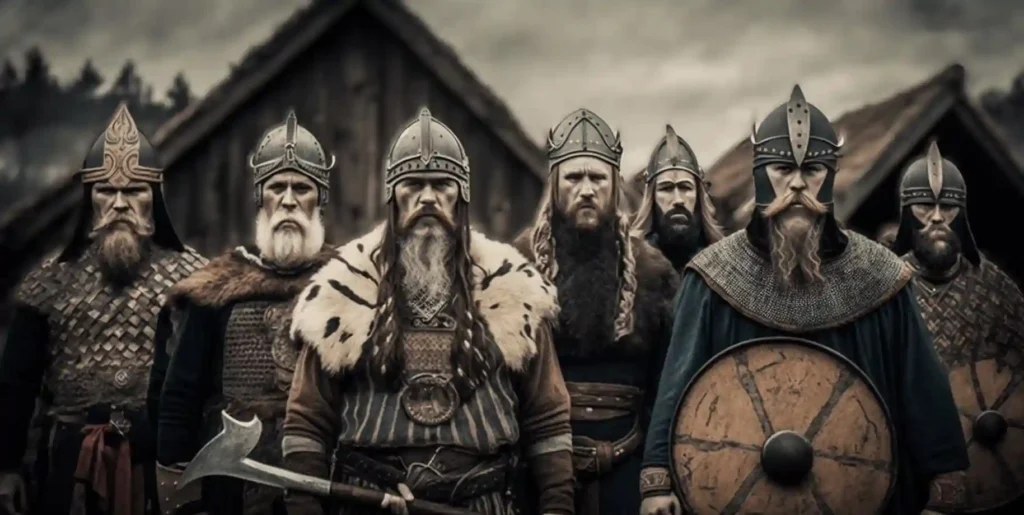
Vikings had a distinct appearance. They wore clothes made from wool, linen, and animal hides. Men often wore tunics and trousers, while women wore long dresses. They also liked to decorate their clothes with belts and jewelry. Vikings were known for their long beards and hair, which they sometimes braided.
The Age of Exploration
The Vikings were not only warriors; they were also explorers. They were renowned for their maritime skills and their ability to build and navigate ships that were far ahead of their time. With their shallow draft and maneuverability, their longships allowed them to explore and raid coastlines across Europe. They were fast and could carry up to 60 warriors. The long ships had dragon-shaped prow designs, which added to their fearsome reputation.
Famous Viking Voyages
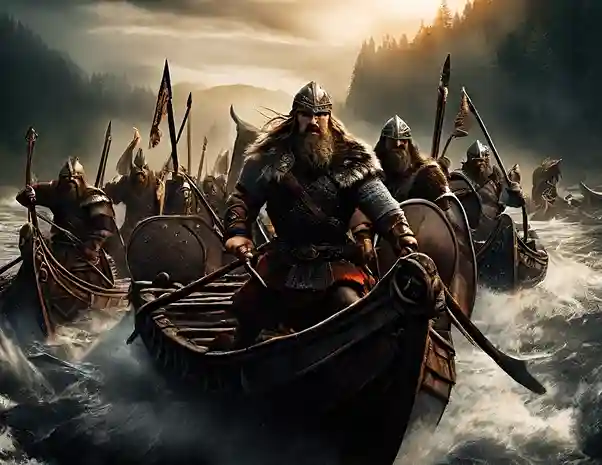
- Iceland: The Vikings were the first Europeans to settle in Iceland in the 9th century.
- Greenland: In the 10th century, Norse explorers reached Greenland and established settlements.
- North America: There is growing evidence that Vikings may have reached North America around the year 1000, centuries before Christopher Columbus.
Their raids were well-known. They attacked and plundered towns and monasteries across Europe. These raids were often violent and aimed at acquiring wealth and resources. But the Vikings also settled in the lands they raided, starting new lives and blending with local cultures.
The Weapons Used by The Vikings
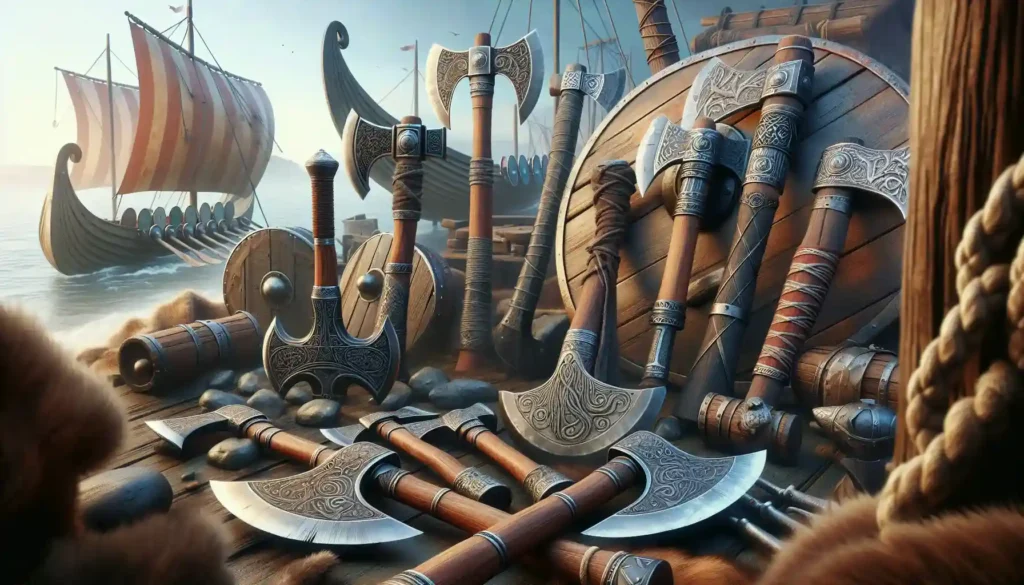
The Vikings earned renown for their battle skills, and their weapons played a crucial role in their effectiveness as warriors. They designed their weapons, from swords to axes, to be practical and formidable, reflecting their combat expertise and need for reliability in various situations. Viking weapons include Viking axes, swords, spears, shields, helmets, chainmail, bows, and seaxes.
Viking weaponry had a significant impact on Europe’s history. Their weapons were often superior to their enemies, and they used them effectively to conquer new lands. The Vikings also introduced new weapons and fighting techniques to Europe, which had a lasting influence on military development.
Viking Society and Culture
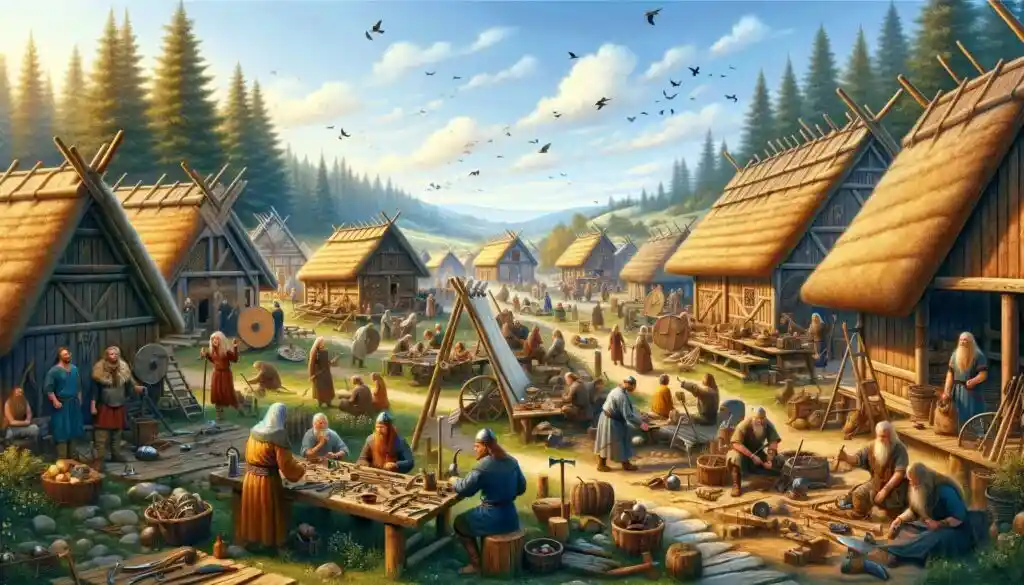
Viking culture was rich and diverse, with a strong emphasis on warrior values and the worship of Norse gods. So, society was organized into different classes. At the top were the kings and chieftains, who led the clans. Below them were the free farmers and traders, who had more rights and responsibilities. At the bottom were the thralls, or slaves, who worked for others and had very few rights.
They were skilled craftsmen, producing intricate metalwork, jewelry, and textiles. Viking society was hierarchical, with a king or chieftain at the top, followed by nobles, free farmers, and thralls (slaves). Despite their fearsome reputation, Vikings had a rich cultural life. They enjoyed storytelling, music, and games.
Viking Beliefs or Norse Nordic Mythology:

Viking mythology is a fascinating aspect of their culture. They believed in a pantheon of gods, The Norse gods and Valhalla. Their mythology is still popular today.
- Norse Gods: Vikings believed in Norse gods, such as Odin, Thor, Loki, and Freyja. These gods were powerful and influenced the world around them.
- Valhalla: Vikings believed that brave warriors who died in battle would go to Valhalla, a heavenly hall where they would feast and fight forever.
Viking Language and Writing
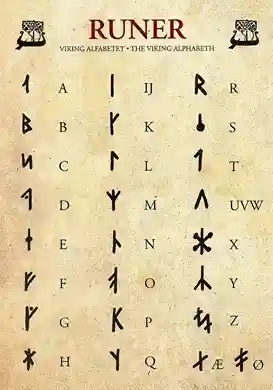
The Vikings spoke Old Norse, a language that is the ancestor of modern Scandinavian languages. They used runes, a type of writing that involved simple, straight lines. Runes were often carved into stones, wood, or metal and were used for various purposes, including recording events and marking property.
The Decline of Viking Power
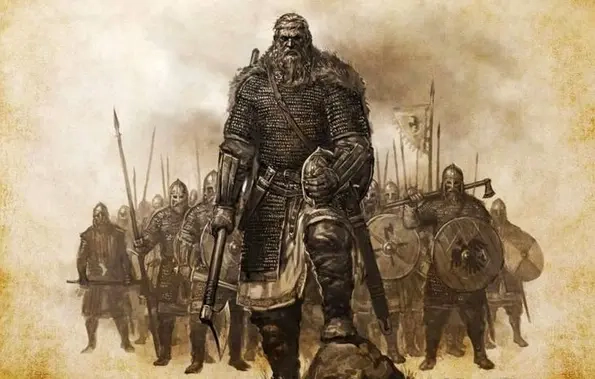
The Viking Age came to an end in the 11th century. Several factors contributed to their decline, including:
- Christianization: The conversion of Scandinavia to Christianity weakened the traditional Viking way of life.
- Political Changes: The rise of powerful kingdoms in Europe, such as England and France, limited the Vikings’ ability to raid and expand their territory.
- Climate Change: Some historians argue that climate change may have played a role in the decline of Viking power.
Legacy of the Vikings
Today, the Vikings are remembered for their incredible voyages, their impact on European history, and their lasting cultural contributions, which can be categorized as this.
- Exploration: Vikings were the first Europeans to explore many parts of the world.
- Language: Many words in English come from Old Norse, the language spoken by Vikings.
- Culture: Viking culture has influenced many aspects of modern life, including art, literature, and music.
Summary
The Vikings were much more than fierce warriors and raiders. They were explorers, settlers, and builders of a complex society. Their stories and legends continue to fascinate people all over the world, and their influence can be seen in many aspects of modern culture.

